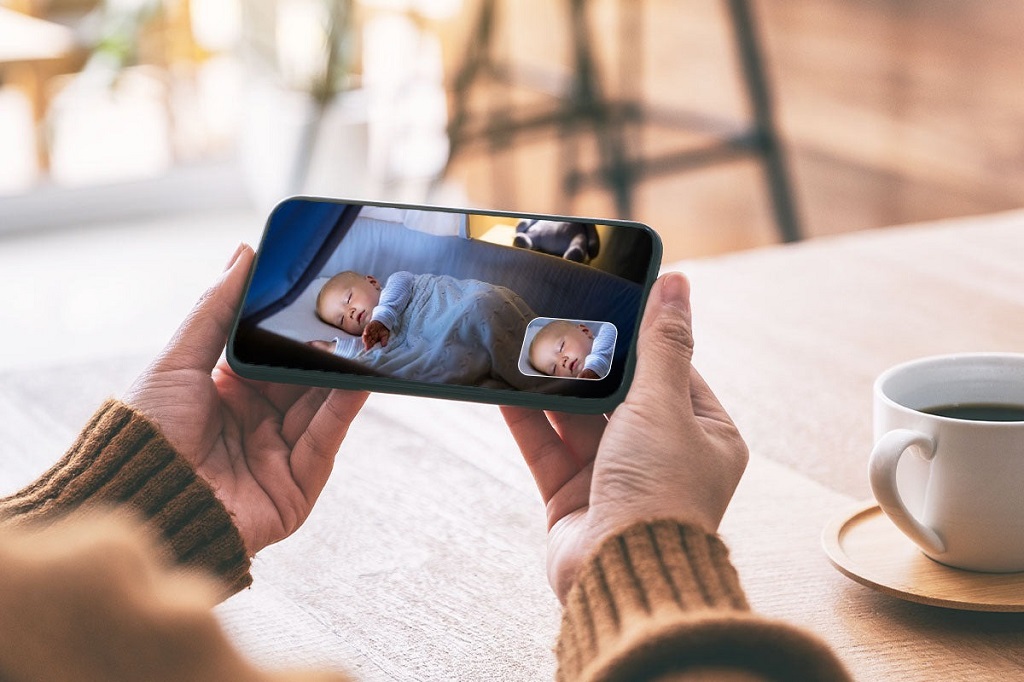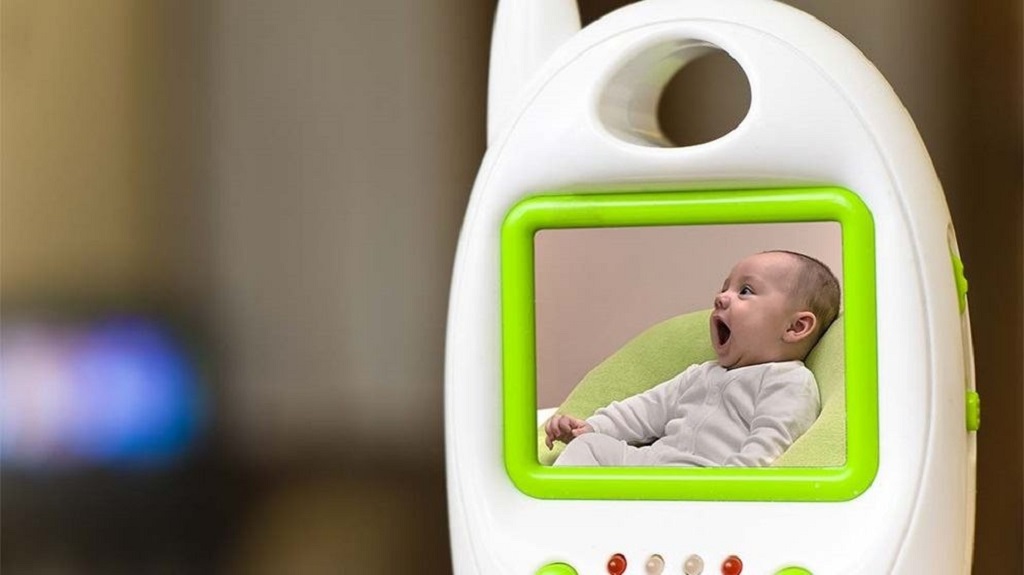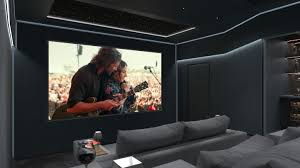As a new parent, the soft hum of a baby monitor can feel like a lifeline, offering peace of mind while your little one sleeps. But as your child grows, you may start to wonder: When is the right time to stop using a baby monitor? This question often creeps up as toddlers gain independence, leaving parents torn between safety and fostering self-reliance. Knowing when to transition away from a baby monitor is a personal decision, but it’s one that can be guided by practical insights, developmental milestones, and your family’s unique needs.
In this comprehensive guide, we’ll explore the signs it’s time to retire the baby monitor, factors to consider, and tips to make the transition smooth for both you and your child. Whether you’re a first-time parent or navigating this phase with your third child, this article will help you make an informed choice with confidence.
Why Parents Use Baby Monitors
Baby monitors are a staple in modern parenting, offering real-time audio or video updates on your child’s sleep and safety. They’re especially valuable during infancy, when babies are vulnerable and parents are hyper-aware of risks like Sudden Infant Death Syndrome (SIDS). Monitors provide reassurance, allowing you to step away while still keeping an ear or eye on your baby.
But as children grow into toddlers and beyond, their needs evolve. The constant vigilance that once felt essential may start to feel less necessary—or even intrusive. Understanding when to let go of this tool involves balancing safety, independence, and your own peace of mind.
Secondary Keywords: Baby Monitor Benefits, Infant Safety, Parental Reassurance
- Safety Monitoring: They alert parents to potential issues, like a baby waking up or unusual sounds.
- Convenience: You can tend to household tasks or rest while staying connected to your child.
- Sleep Training Support: Monitors help track sleep patterns, aiding in establishing routines.
However, prolonged use can sometimes hinder a child’s growing independence or create unnecessary dependence for parents. Recognizing the right time to move on is key to fostering healthy development.
Signs It’s Time to Stop Using a Baby Monitor
There’s no universal age or milestone that signals it’s time to ditch the baby monitor, but several indicators can guide your decision. Here are the key signs to watch for:
- Your Child Is Sleeping Through the Night Consistently
By age 2 or 3, many children sleep through the night without frequent wake-ups. If your toddler is consistently sleeping soundly and no longer needs nighttime check-ins, the monitor may be redundant. You’ll likely hear them if they call out or need you, especially if their room is nearby. - Your Child Is More Independent
As toddlers develop, they begin to self-soothe, communicate needs, or even get out of bed on their own. If your child can call for you, open their door, or come to your room when needed, the monitor’s role diminishes. This independence often emerges between ages 2 and 4, depending on the child. - You Live in a Small or Well-Connected Home
If your home’s layout allows you to hear your child without amplification, the need for a monitor decreases. For example, in a small apartment or a house with thin walls, you may not need the device to stay attuned to your child’s needs. - The Monitor Is Causing Anxiety or Over-Reliance
Some parents find that constant monitoring increases stress rather than reducing it. If checking the monitor becomes compulsive or disrupts your sleep, it might be time to reassess its necessity. Trusting your instincts as a parent is a powerful step toward letting go. - Your Child Is Out of the Crib
Transitioning from a crib to a toddler bed, typically between ages 2 and 3, is a common milestone for phasing out the monitor. Once your child can move freely, they’re more likely to seek you out if they need comfort or assistance. - Privacy Concerns for Older Children
By age 3 or 4, children start to value privacy. A video monitor, in particular, may feel intrusive as they become more aware of being watched. Respecting their growing sense of autonomy can be a reason to stop using the device.
LSI Keywords: Toddler Independence, Child Sleep Patterns, Parental Anxiety, Home Layout
Factors to Consider Before Stopping
While the signs above can guide you, several factors should influence your decision. Every child and family is unique, so consider these elements:
Your Child’s Health and Needs
Children with medical conditions, such as sleep apnea or frequent night terrors, may benefit from extended monitor use. Consult your pediatrician if your child has special needs that require ongoing monitoring.
Your Comfort Level
Parenting is deeply personal, and your comfort matters. If retiring the monitor feels unsettling, it’s okay to ease into the transition gradually. For example, you might turn off the video feed but keep the audio on for a while.
Household Dynamics
If you have multiple children or a busy household, you might rely on the monitor longer to ensure your toddler’s safety amidst the chaos. Conversely, a calm, quiet home may make the transition easier.
Type of Monitor
Audio-only monitors are less intrusive than video monitors, which may influence when you stop using them. Some parents switch to audio-only devices as a transitional step before phasing out monitoring entirely.
Secondary Keywords: Pediatrician Advice, Special Needs Monitoring, Audio vs. Video Monitors
How to Transition Away from a Baby Monitor

Stopping the use of a baby monitor doesn’t have to be abrupt. A gradual approach can help both you and your child adjust. Here’s how to make the transition smooth:
- Start with Daytime Use: Begin by turning off the monitor during naps or daytime hours when you’re more likely to be nearby. This builds confidence in your ability to respond without constant surveillance.
- Communicate with Your Child: For older toddlers, explain that they can call out or come to you if they need anything. Reinforce that you’re still there for them, even without the monitor.
- Adjust Sleep Routines: Ensure your child’s bedtime routine is consistent and comforting. A predictable routine can reduce nighttime wake-ups, making the monitor less necessary.
- Test the Waters: Try turning off the monitor for a few nights to see how it feels. Keep the device nearby in case you need to reinstate it temporarily.
- Involve Your Child: For children over 3, involve them in the process. For example, you might say, “You’re such a big kid now, and we don’t need the monitor anymore because you can tell me if you need me!” This fosters a sense of pride and independence.
Potential Challenges and Solutions
Transitioning away from a baby monitor can come with hurdles. Here’s how to address common concerns:
- Challenge: You’re worried you won’t hear your child.
Solution: Keep doors open or invest in a simple audio monitor as a backup for a short period. - Challenge: Your child is used to you responding immediately.
Solution: Gradually increase response times to encourage self-soothing. - Challenge: You feel anxious without the monitor.
Solution: Reflect on your reasons for anxiety and consider journaling or discussing with a partner to build confidence.
When to Keep Using a Baby Monitor
In some cases, continued use of a baby monitor is warranted. For example:
- Special Needs: Children with medical or developmental conditions may require monitoring beyond toddlerhood.
- Large Homes: If your child’s room is far from yours, a monitor can bridge the gap.
- Sleep Training: If you’re still working on sleep training, a monitor can help track progress.
Always consult with a pediatrician or child development expert if you’re unsure about your child’s specific needs.
Related Topic: What are drone filming laws?
FAQs About Stopping Baby Monitor Use
At what age should I stop using a baby monitor?
There’s no set age, but most parents stop between ages 2 and 4, depending on their child’s independence and sleep habits.
Can I stop using a video monitor but keep an audio one?
Yes, switching to an audio-only monitor is a great transitional step for parents who aren’t ready to fully stop monitoring.
What if my child has separation anxiety?
If your child struggles with separation anxiety, keep the monitor longer and work on building their confidence through consistent routines and communication.
Secondary Keywords: Child Sleep Habits, Parental Confidence, Audio-Only Monitors
Related Topic: Creating a Foster Care Support System
Conclusion: Trust Your Instincts and Take the Next Step
Deciding when to stop using a baby monitor is a milestone in your parenting journey. It’s a sign that your child is growing, gaining independence, and thriving in their environment. By paying attention to your child’s developmental cues, your home’s layout, and your own comfort level, you can make this transition with confidence.
Ready to take the next step? Start by assessing your child’s sleep patterns and testing a monitor-free night. Share your experiences or questions in the comments below—we’d love to hear how this transition worked for you! For more parenting tips and insights, subscribe to our blog or explore our resources on child development.



